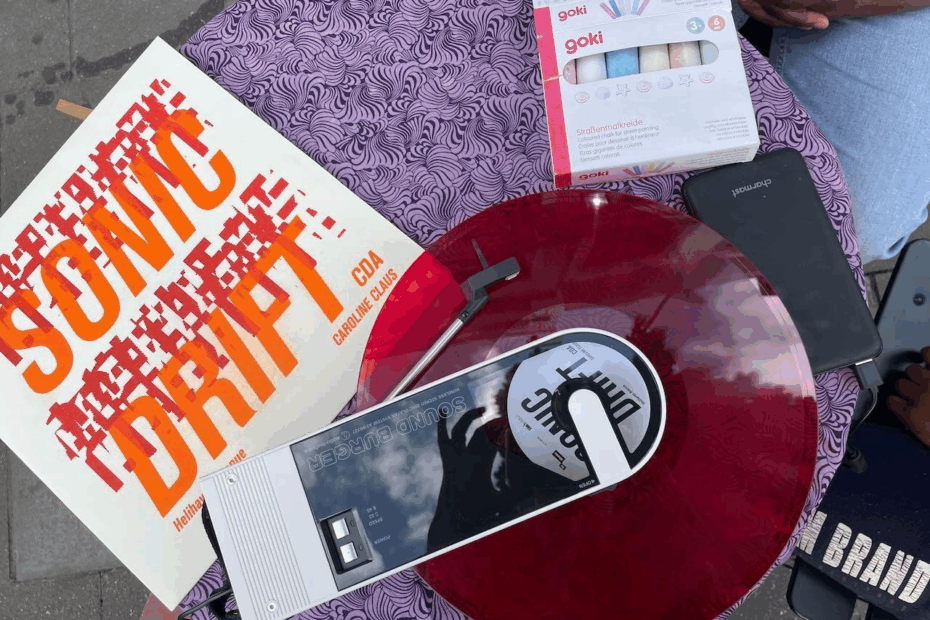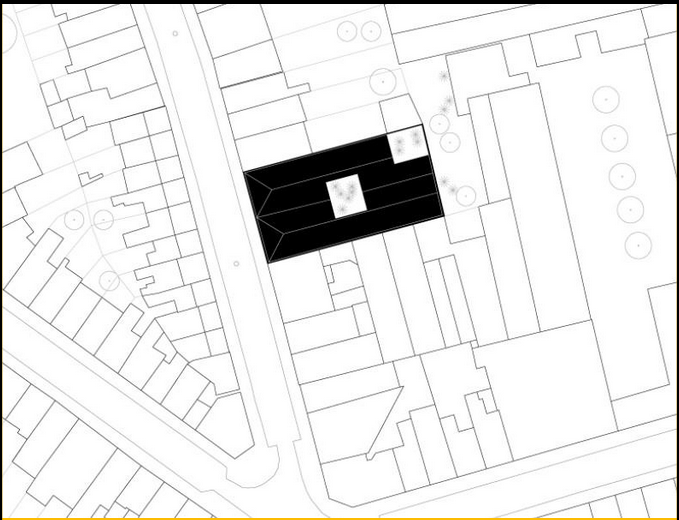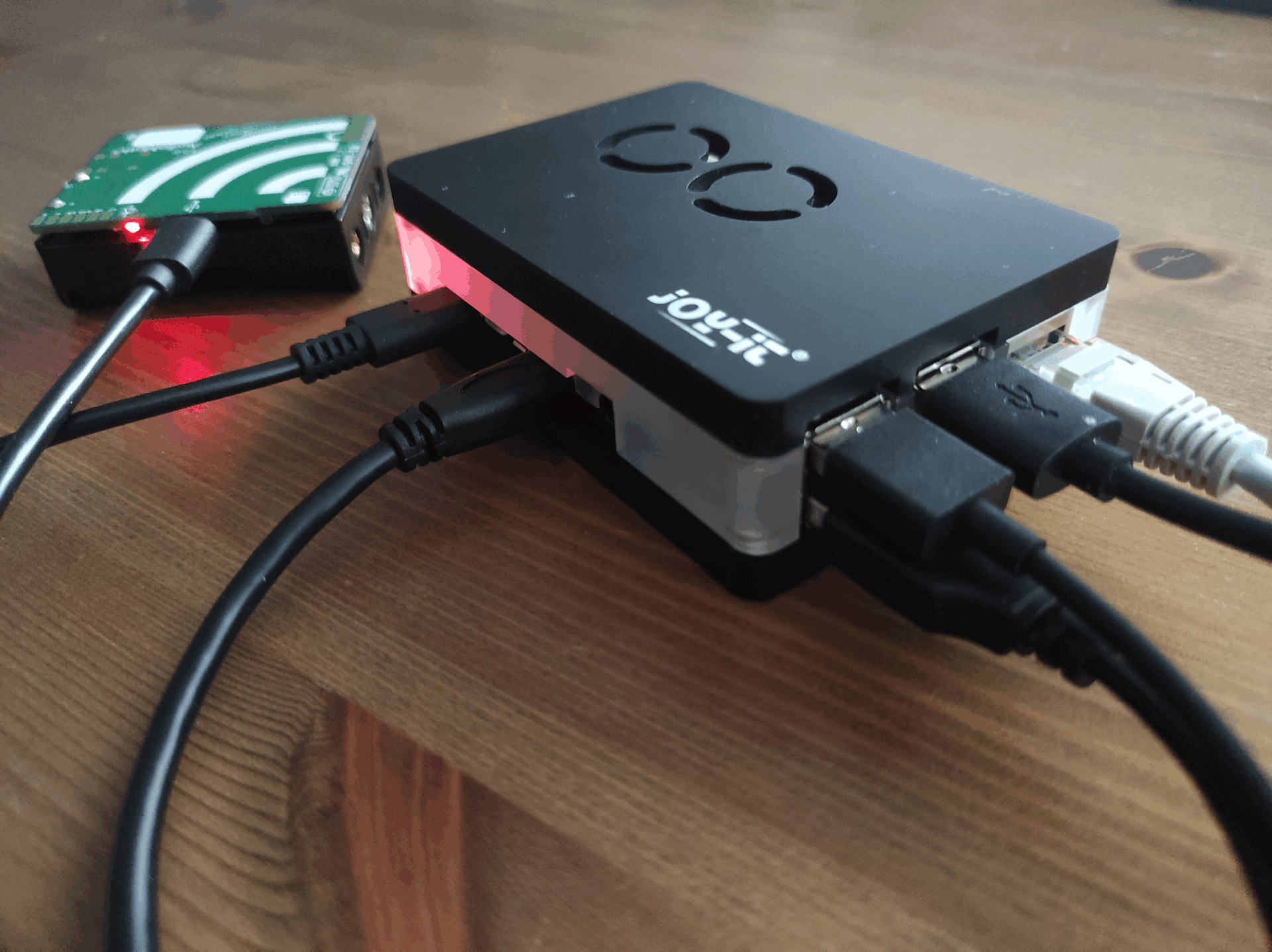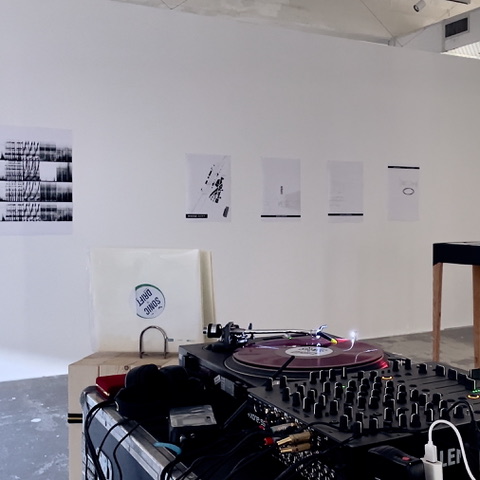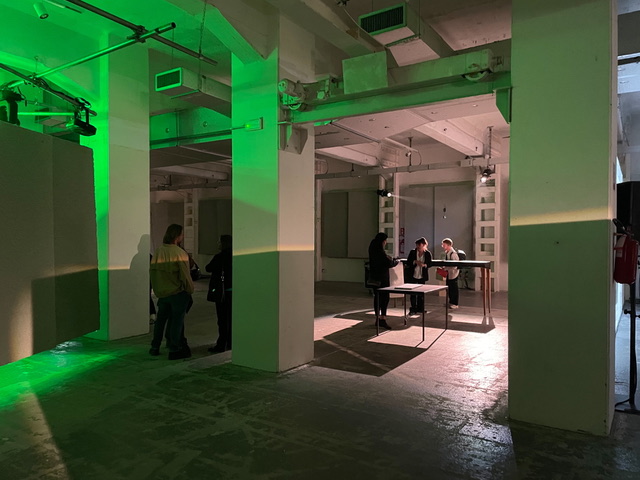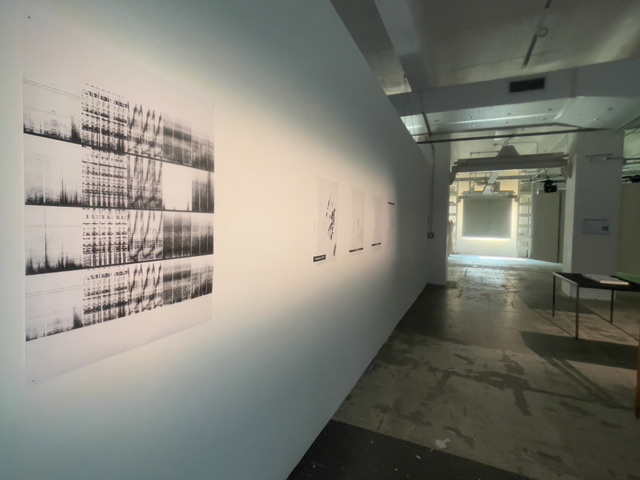+ WHAT?
Mapping urban soundscapes to reveal affective shifts and guide inclusive city design.
+ HOW?
Geocoded sonic walks, AI analysis, and GIS mapping combined with participatory listening.
CDA Sonic Drift is an art- and data-driven experiment that uses a Score—a geocoded choreography of capture times (sunrise, sunset, midnight) and positions (Garden, Avenue & Street | Rooftop & Sidewalk)—to sample a mixed-use block under compact-city pressure. Sonic walks record near-field textures, including infra-sound; GDPR-compliant rooftop logging tracks the broader acoustic horizon. An AI pipeline (AER + USS), co – created with the ReSilence team of CERTH, reads the material, and a GIS layer visualises Sonic Space Shifts: affective changes in the urban soundscape that flag quality-of-life transitions. Challenges addressed — (1) Site recording capturing sonic and infrasonic data GDPR-compliantly; (2) translating sensory findings into qualitative and quantitative descriptions of sonic space shifts and planners, designers and inhabitants find credible; (3) art-driven integration of participatory listening with data-driven tools. Urban dimension — The Chaussée d’Anvers block (Brussels North) typifies heritage old industrial port landscapes, affective car driving and scarce greenspace. Sonic comfort grids, following the drift score, expose trade-offs between densification, mobility corridors and acoustic well-being.
Collaborations
– CERTH (Dec 2023–Jul 2024 tech sprints)
– Christophe Albertijn (mastering)
– Dubplate Lab (dubplate cut)
– Chez Rosi (Riso print and sleeve design)
– De Tandem
– ReSonance Open Sound Lab
sonic space shifts; compact-city soundscape; AI audio analysis; GIS comfort grid; participatory mapping; dubplate listening; GDPR logging
Device-Making Guides
– Challenge: The urban soundscape includes both natural and human-made sounds. In projects like Sonic Drift, human activities like speech and noise raise GDPR concerns, making field recording sensitive. The challenge is capturing human voice activity without removing it from the soundscape during recording and storage, especially given long recording durations and power consumption.
– GDPR Rooftop Logger – Development of a device recording in real-time, under GDPR implementing voice-blurring on a low-cost, low-energy device as it must distort voices without cutting them off. The solution offers real-time voice distortion to protect privacy while preserving the integrity of environmental sound data. – IP: CERTH
– Hardware equipment: Raspberry Pi 4Β+ Audiomoth as a microphone + powerbank for portability
Curated Datasets
– CDA-North Samples & Multitrack Set — compact planning strategy scored geocode tags – IP: Artist
– CDA-North Samples & Multitrack Set — AER/USS labels – IP: CERTH
Planning & Design Framework
– Compact city recording Score — 6 spatial criteria (heritage, mobility, greenspace, infra-sound, event density, dissonance index) × 3 temporal cuts (sunrise, sunset, midnight); aligns active walks with passive horizon logging. – IP: Artist
– Μethods for audio data collection:
a) rooftop recordings (passive) and b) street-level audio walks (active).
Street-level recordings employed various microphones, including contact, shotgun, and omnidirectional types, along with a high-quality audio recorder. Data collected in early spring 2024 focused on residential areas during weekends.
– Recordings scheduling: were made at key times—sunrise, sunset, and midnight—to capture sonic changes
– Urban strategies: tied to the spaces Garden, Helihaven, and Masui. Rooftop recordings used four Audio Recording Toolbox kits
Interactive Modules & Web Tools
– Overview: In Sonic Drift, sound intensity varies across space, creating a constantly shifting experience. While sound is always present in cities, people often overlook it as it moves through spaces and individuals. Physical interventions can alter how we perceive these sounds.
– Soundscape Analysis – An urban acoustics analyzer that performs USS source separation on a single recording, infers domain presence across biophony, anthropophony, technophony, and geophony, and evaluates perceived comfort on the original audio via a valence–arousal model, with a spectrogram and a comfort-over-time trace. Developed by CERTH.
– Statistical Analysis – Τhe statistical analysis took place for three transformative urban spaces, the President’s Garden, the Northern Helihaven Avenue area, and the Masui Street, that are linked to the three urban strategies. The audio input, passive and active, was processed and analysed as an ensemble to extract meaning (using the metrics for sound-space evaluation ) for each urban area. Statistical analysis on the output of the algorithms produces the cartographic depiction. Conducted by CERTH
– Metrics : To analyze recorded sonic spaces and their shifts, we used the AER algorithm to track arousal and valence fluctuations, using three metrics:
1. Stress/Calm Levels: Measured on a 2D VA diagram, this indicates how stressful or calming a recording is, based on arousal and valence values (0-1 scale).
2. Sonic Space Presence: The USS algorithm measures sound intensity and presence in a figuration, using soundscape ecology classifications (biophony, anthropophony, technophony). Intensity is calibrated on a scale from 0 to 1.414.
3. Subsonic & Ultrasonic Substrate: Frequency analysis identifies subsonic and ultrasonic noise (measured in LAeq dB), which research shows can cause discomfort.
– Printed audio essay · GIS/SVG comfort grid · dubplate listening + mapping (analogue feedback loop) with online CDA feedback card generation and in situ download / share / print options. – IP: Artist
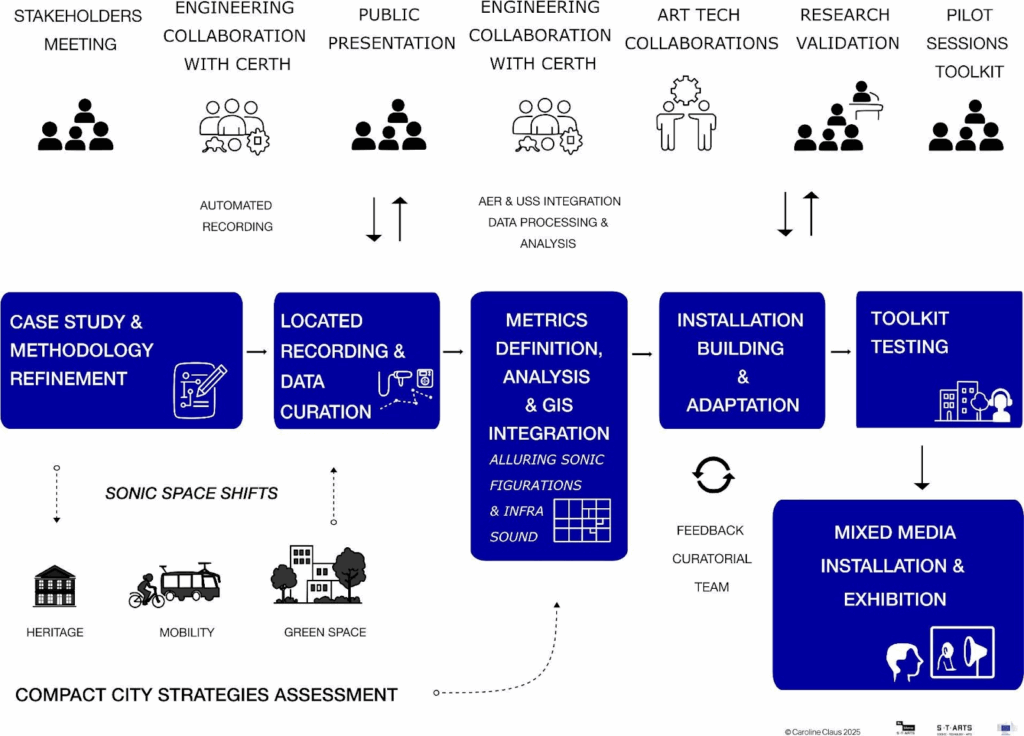
Process Diagram
Methodology Refinement, Prototype, & Installation Building
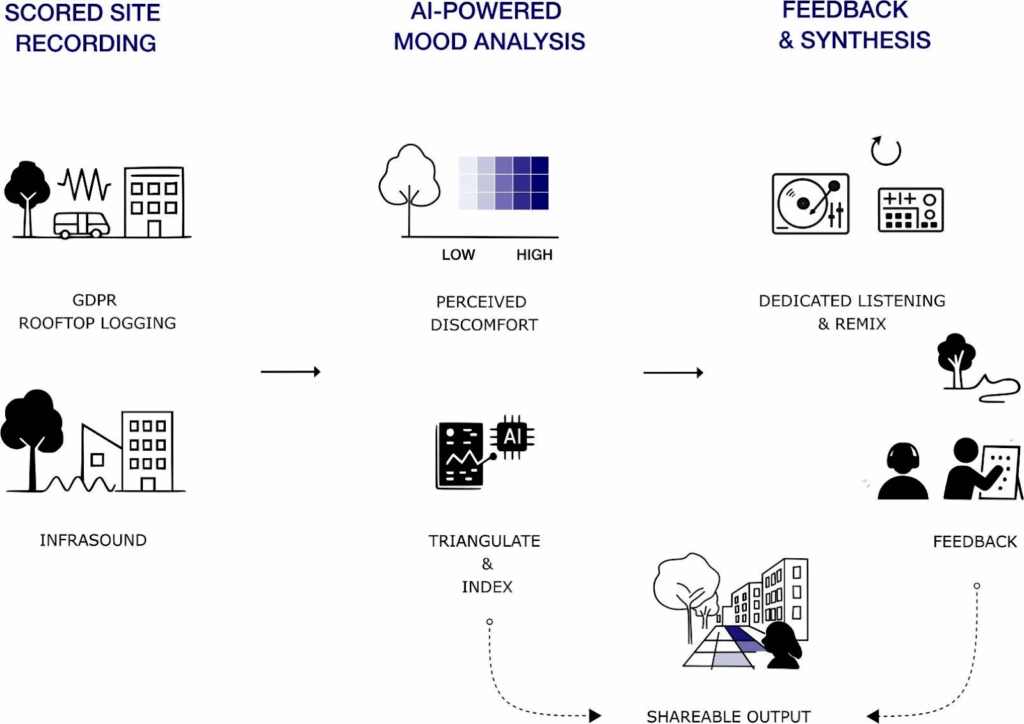
Project Cycle
Site → AI → Re-synthesis diagram
Pilot #1 — Score-guided Recording (Mar – April 2024): validated sonic geographic score; dataset feeds AI.
Open Sound Lab (May 2024): presentation methodological framework, GDPR automated recording approach, first outcome and data visualisation; feedback sharpened GDPR note, headphone/dubplate format, need for GIS based visualization and feedback towards critical spatial practice.
Ambiances 2024 Paper Presentation (Oct 2024): Score + comfort grid praised for scenario testing.
Pilot #2 — Sidewalk Installation (Jun 2025): mapping/drawing sonic experiences confirmed sequence dedicated followed by embodied listening value. Importance of an easy-to-use feedback format. Dubplate: intergenerational conversation on audio formats.
Pilot #3 — Health-Centre Installation (Jun 2025): light setup enabled flexible integration and engagement; linked greenspace to acoustic comfort and health questions. Importance of an easy-to-use feedback format. More info: De Tandem – https://www.praktijkdetandem.be/ & https://offic.eu/project/pan
ReSilence exhibition at BASE, Milano
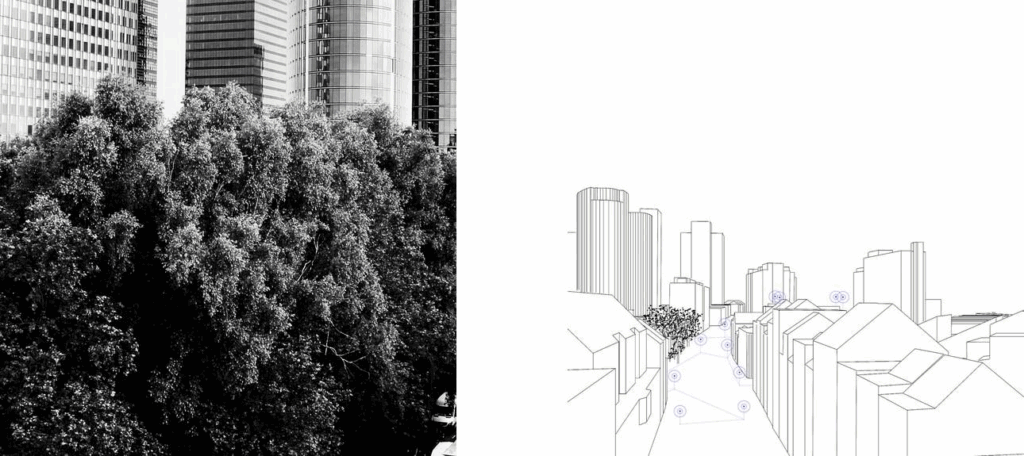
Sonic Geographic Dérive
Part I (President Garden)

Dedicated Listening Station
CDA Sonic Drift – Dubplate Set
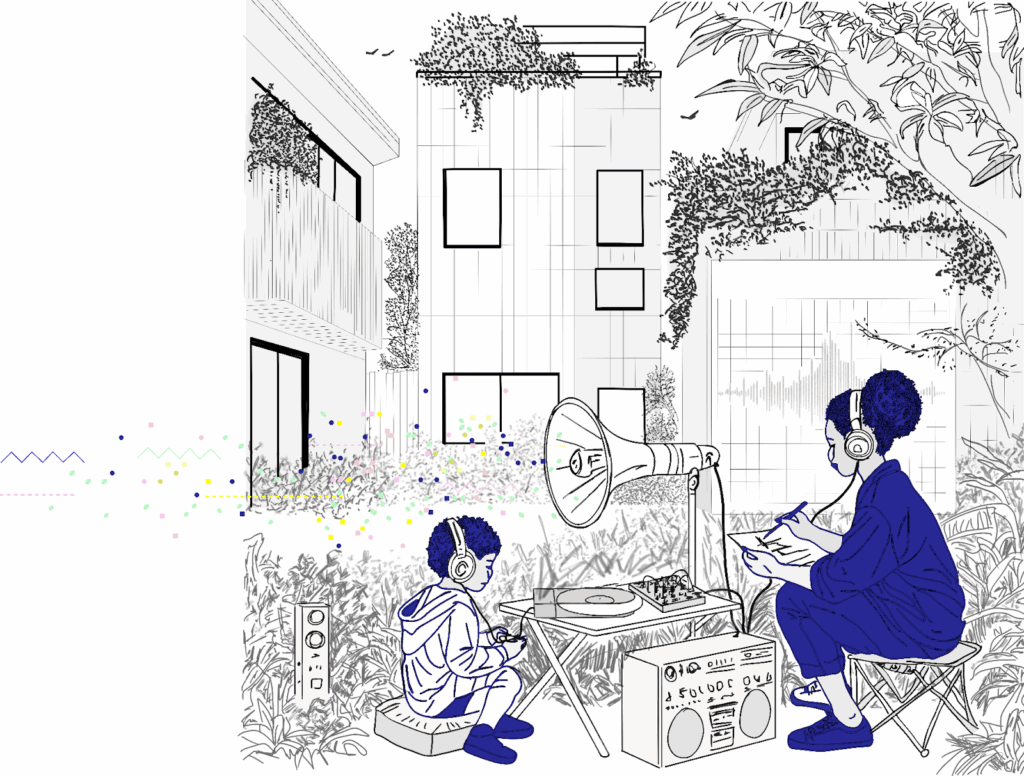
Dedicated Listening Station
Audience interacting with mixed media installation
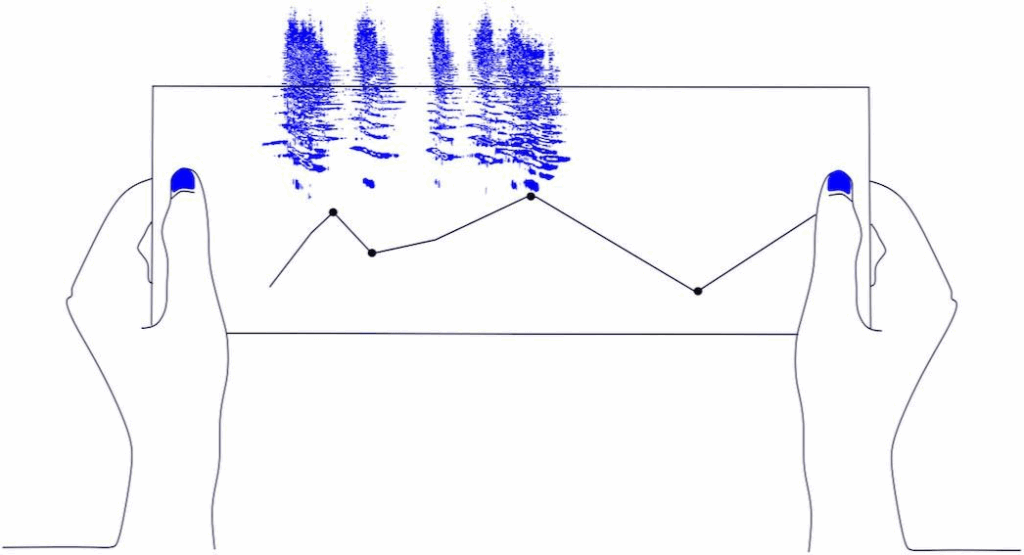
Dedicated Listening Station
On site generation of a feedback sound card
Audience interacting with mixed media installation
Lessons learned:
???
Artistic / social / research contribution
CDA as sonic geographic score combines urban-planning criteria with improvised and passive logging, situated listening, producing AI-based sonic cartography and the concept of Sonic Space Shifts as liveability markers. Dubplate listening and Riso prints foster dialogue between residents, designers and planners.
Adaptability / interoperability:
Field Score, SVG maps and the listening-and-mapping workflow will be released under CC BY-NC-SA. The GDPR recording software and AI pipeline stays with CERTH; future releases may provide open-source substitutes or a compiled plug-in for full replication.
Impact
Paper and talk at Ambiances 2024 validated the sonic geographic score as a planning and design-research tool; pilots with inhabitants and a health-centre showed the toolkit can turn raw sound, sonic ethnographic observation and subjective experience into planner-ready GIS layers and a flexible street-level installation for dedicated listening and feedback. Pilots with residents and a health-centre showed the toolkit turns raw sound data pressed on dubplate and AI based GIS sonic assessment maps into a flexible street-level installation for dedicated listening and feedback.
Audiovisual Assets
SONIC DRIFT CDA (Digital Album)
Publications
Paper in “Concurrency and Computation: Practice and Experience”
